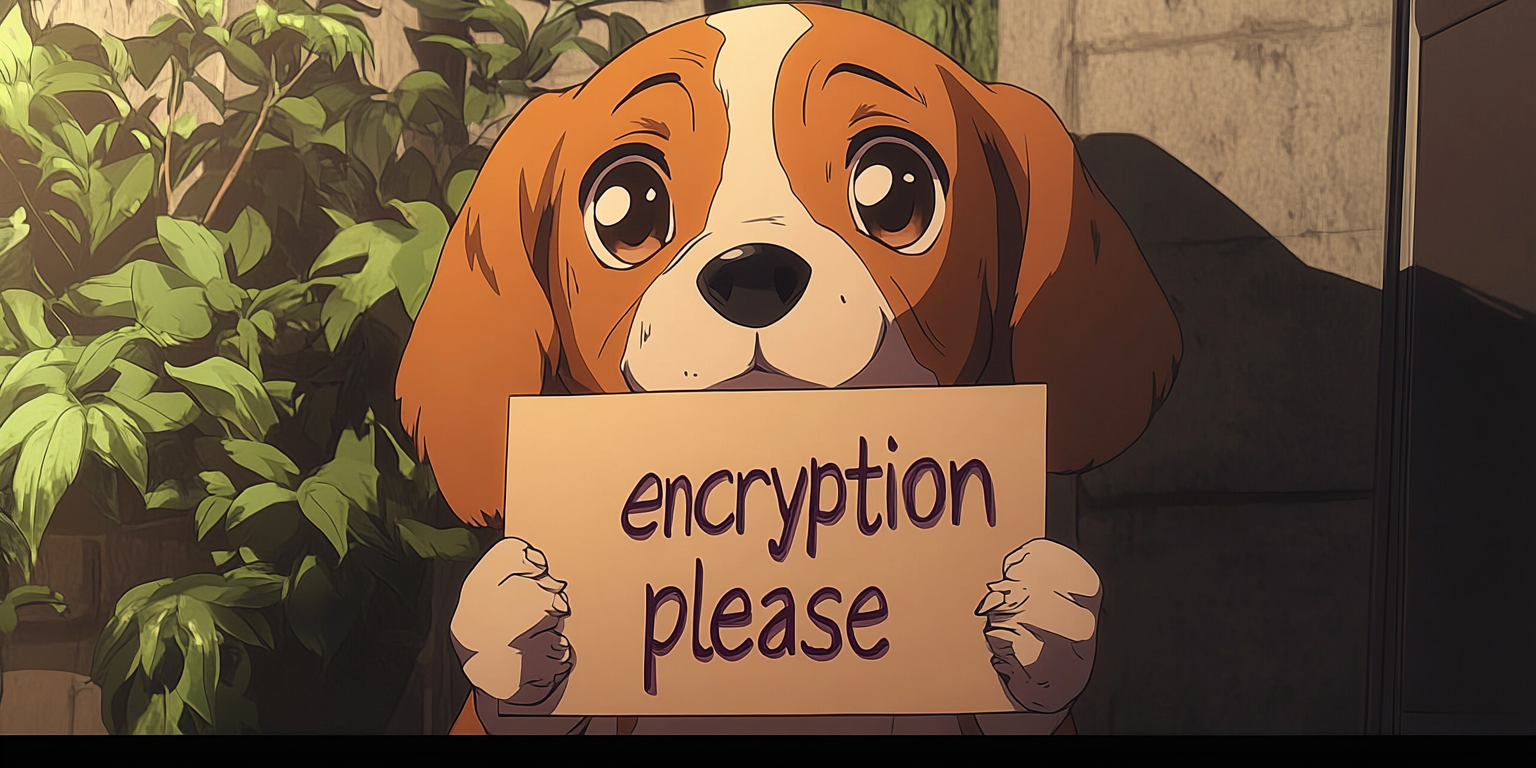There's been a change in the status quo this year, instability and unpredictability of one
of the most significant technology economies in the world might have you wandering
what happens if one day you wake up and can't get on your Google account because
you're not in the US.
The cloud as ever is just someone else's computer, and what if that someone else is no
longer allowed to do business with you or has to up your bill by 200%.
This is a collection of guides on on replacing common services with self hosted alternatives and decentralising your services in general, maybe you can claw back a bit of data privacy in the process. Remember there is always a balance to be struck between convenience, usability, privacy and security.
Prerequisites
The internal network I'm using for a lot this series uses Pi-Hole, Pi-Hole is an open source
project that runs on a raspberry pi and is built to be a DNS sink hole that blocks
advertising and trackers by default.S
Series
This mini series tag is NRFS001.

PART1

PART2






